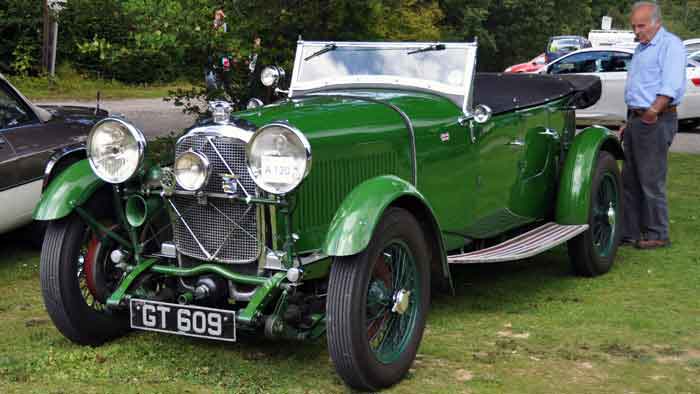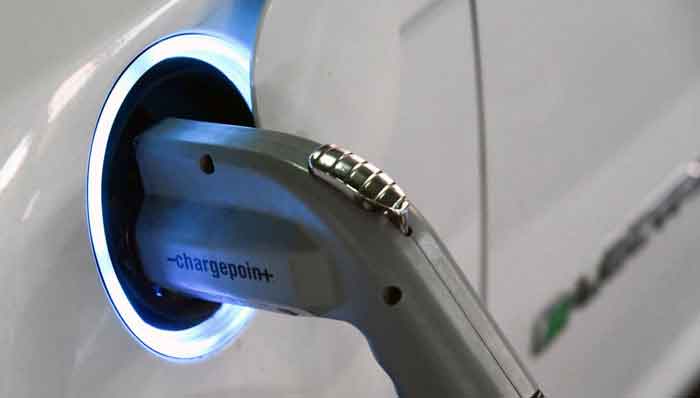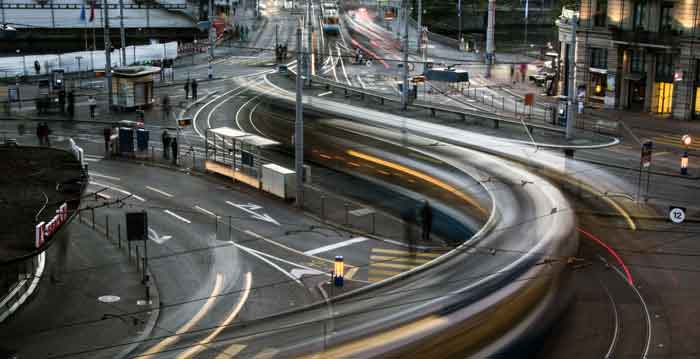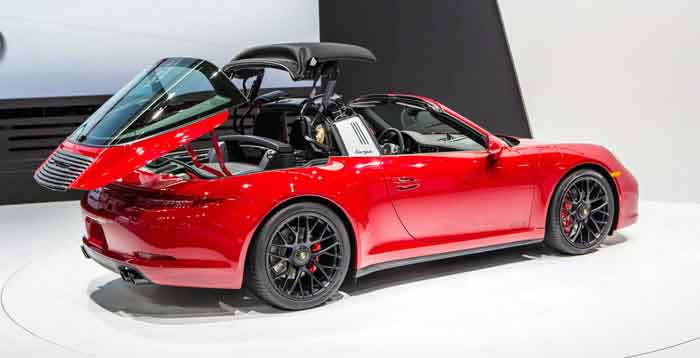Since the very early 1900s, many British cars have adapted a dark green shade known as British Racing Green, or BRG for short. It began when it was suggested that each national entrant in the Gordon Bennet Cup was allocated a unique colour to distinguish the teams from one another, and when Britain first entered the race in 1902 the obvious colours of blue, white and red that correspond with the British flag had been respectively taken by other countries (America, Germany and France).
At the time, motor racing was considered more of a competition between countries instead of a competition between different car manufacturers and drivers. The cars used in thew Gordon Bennet Cup races had to be composed of elements manufactured entirely within their home countries and each car (limited to three entries per a country) had to carry both a driver and mechanic at all times. The cup began in the year 1900, with France winning the initial race. The winning team of the previous year would host the next race, however although the British team won in 1902, local laws meant that motor racing was illegal in Britain at the time and so the race was hosted in Ireland instead.
The first cars to officially feature the green colour were the English Napier cars used in the Gordon Bennett Cup races, manufactured by D. Napier & Son Limited. The driver of the winning Napier car in the 1902 race was Selwyn Edge.
In 1903 the race was to be held in Ireland, and out of respect for the hosts the English cars were painted in a shamrock green. This meant that before British Racing Green as we know it today existed, it was officially a lighter hue more similar to an emerald green, however over time darker shades of green became more and more popular. The exact hue of British Racing Green is still debated over today, however it tends to cover a large spectrum of deeper greens. Colours have ranged from a very light lime green right down to an almost black seen on a Bently, still labelled under the British Racing Green colour.
The colour has been seen on many successful British racing cars from the Sunbeams that won the 1912 Coupe de l'Auto as well as on the cars in the British team that won the European Grand Epreuves Grand Prix in 1923 and 1924. It was also featured frequently on Bently cars in the 1920s that had a high success in the 24 hour races at Le Mans.
It's usage began to phase out in the 1960s were rules regarding racing colours in the Formula One races were relaxed and sponsorship paint jobs became more popular, although it did briefly make a comeback between 2000 and 2004 when the Jaguar F1 team cordoned the colours for their vehicles. There have also been a number of British car manufacturers that have released models in the traditional racing colours including Lotus, Jaguar, MG, Rolls Royce and even the Mini Cooper.





